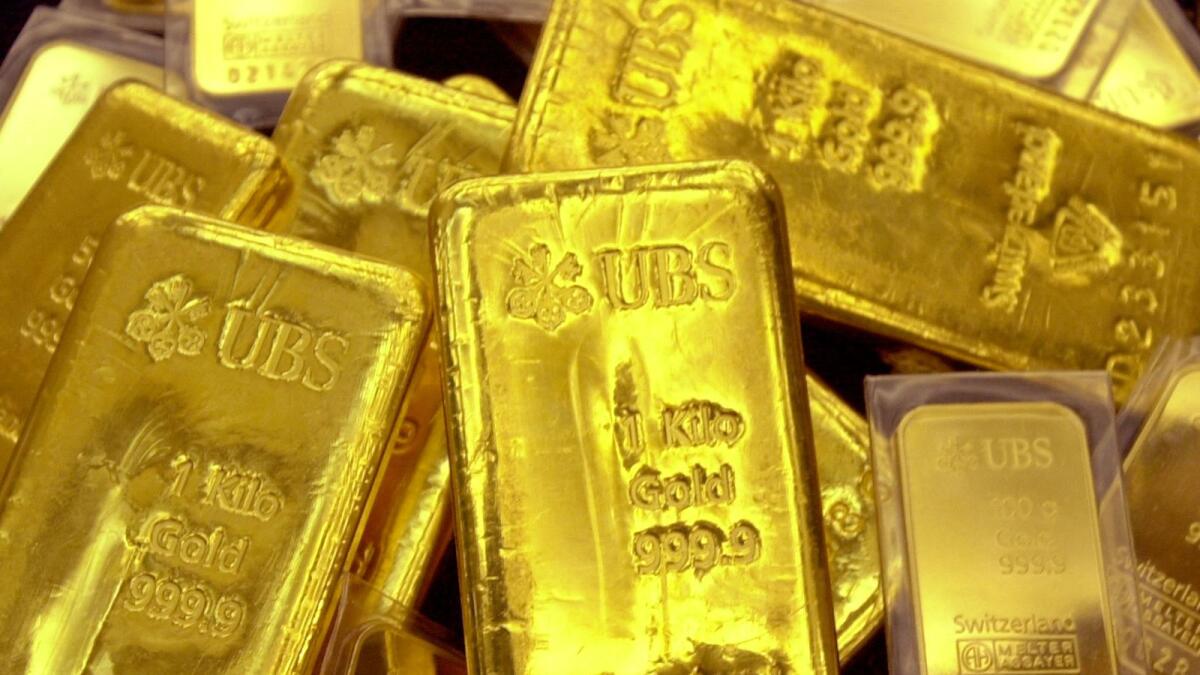Gold prices experienced a slight decline on Monday after reaching a record high of $2,509.65 per ounce. Investors took profits from the previous session and waited for more signals from the Federal Reserve and developments in the Middle East. Spot gold fell by 0.2 percent to $2,503.50 per ounce, while U.S. gold futures increased by 0.2 percent to $2,542.10. Traders are cautious about the Fed’s potential 0.25 basis points rate cut in September, with a 77.5 percent chance according to the CME FedWatch Tool.
David Meger from High Ridge Futures anticipates some consolidation or pullback in the gold market, especially if the Fed hints at a smaller rate cut than expected. The focus is now on the upcoming Fed minutes release from the last policy meeting and Chair Jerome Powell’s speech at an economic symposium in Jackson Hole. Reuters technical analyst Wang Tao suggests that gold may retreat to the $2,479-$2,487 range after failing to break resistance at $2,507. However, UBS analyst Giovanni Staunovo believes that gold could potentially climb to $2,600 per ounce by the end of the year.
Despite the high prices, Chinese banks have received new gold import quotas from the central bank in anticipation of renewed demand. This demand is being driven by geopolitical tensions, particularly in the Israel-Iran-Hamas conflict, leading to safe-haven buying. Achilleas Georgolopoulos, an investment analyst at forex broker XM, highlights the strong gold demand as a result of these tensions. In terms of other precious metals, silver rose by 1.1 percent to $29.33 per ounce, platinum gained 0.3 percent to $957.43, and palladium decreased by 2.2 percent to $930.33.
The future trend of gold prices remains uncertain as investors await further cues from the Federal Reserve and developments in global geopolitics. The potential rate cut by the Fed in September is a key factor influencing market sentiment toward gold. Traders will closely monitor the Fed minutes and Chair Jerome Powell’s speech for any hints about the central bank’s monetary policy direction. Gold’s failure to surpass the $2,507 level may lead to a temporary decline back to the $2,479-$2,487 range as suggested by technical analysis.
On a more positive note, UBS analyst Giovanni Staunovo is optimistic about gold’s long-term prospects, projecting a price target of $2,600 per ounce by the end of the year. This bullish outlook is supported by the ongoing geopolitical tensions, such as the Israel-Iran-Hamas conflict, that are fueling safe-haven buying in the gold market. In addition, the issuance of new gold import quotas to Chinese banks indicates a potential increase in demand despite the high prices.
The broader precious metals market is also seeing mixed movements, with silver and platinum recording gains while palladium experienced a decline. Silver’s surge to $29.33 per ounce reflects the overall positive sentiment toward precious metals as a safe-haven asset. Platinum’s modest increase to $957.43 suggests steady demand, while palladium’s drop to $930.33 may be a result of short-term market fluctuations. Overall, the current market conditions indicate a cautious yet optimistic outlook for gold and other precious metals in the near future.









